Why Was the McDonald’s Playplace So Creepy?
In the 1980s and ’90s, McDonald’s was known for creating fun and exciting playgrounds at many restaurants across the U.S.
The PlayPlaces provided kids with lasting memories and played a vital role in the branding of the fast food company during the era. However, by the 21st century, McDonald’s had removed many of the playgrounds now deemed creepy, and here’s why.
The Early Days of McDonaldland
By the 1970s, McDonald’s had won the hearts of many adult Americans, yet they struggled with the younger crowds and children.
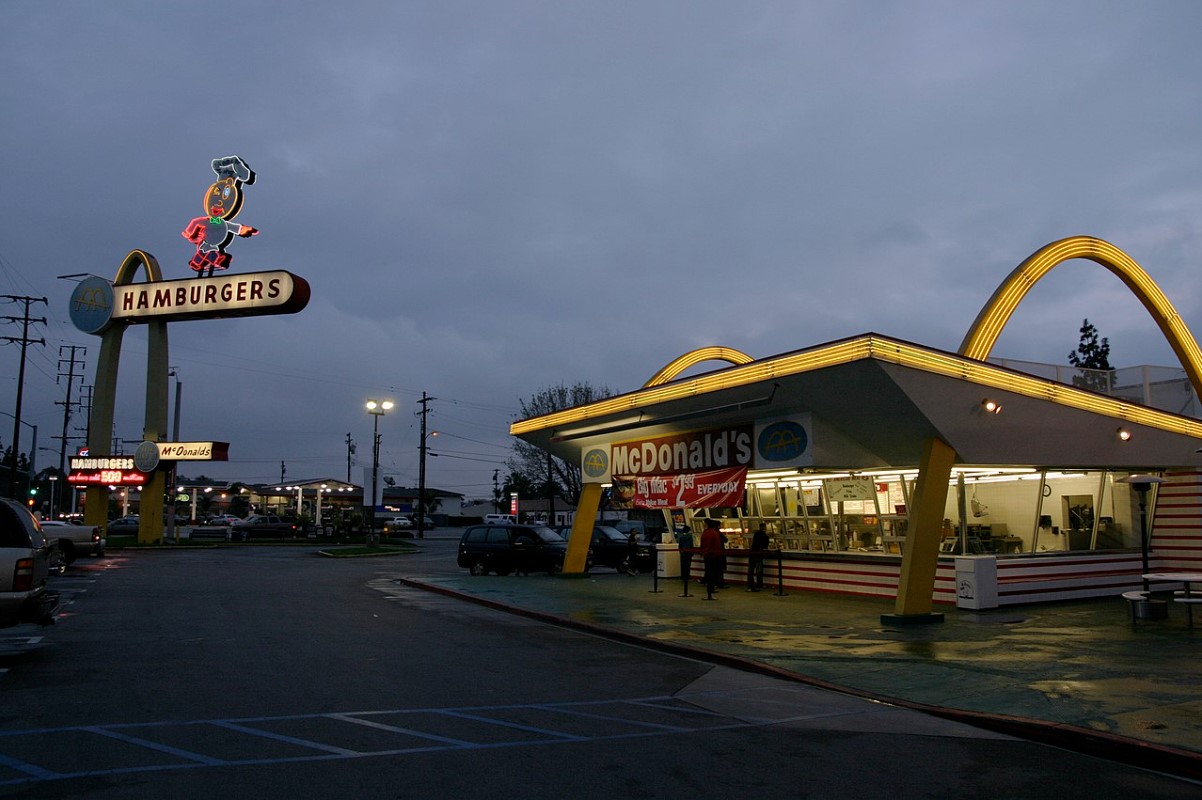
Source: Wikimedia
In an attempt to better connect with the children of the adults who now loved their food, McDonald’s introduced a new campaign, McDonaldland, aimed at bringing kids through the door.
McDonald’s Begin Adding Playgrounds to Restaurants
The fast-food company began adding several playgrounds to its properties in the early 1970s. The PlayPlace kids of the 1980s and ’90s came to love first arrived in 1972 at the Illinois State Fair.
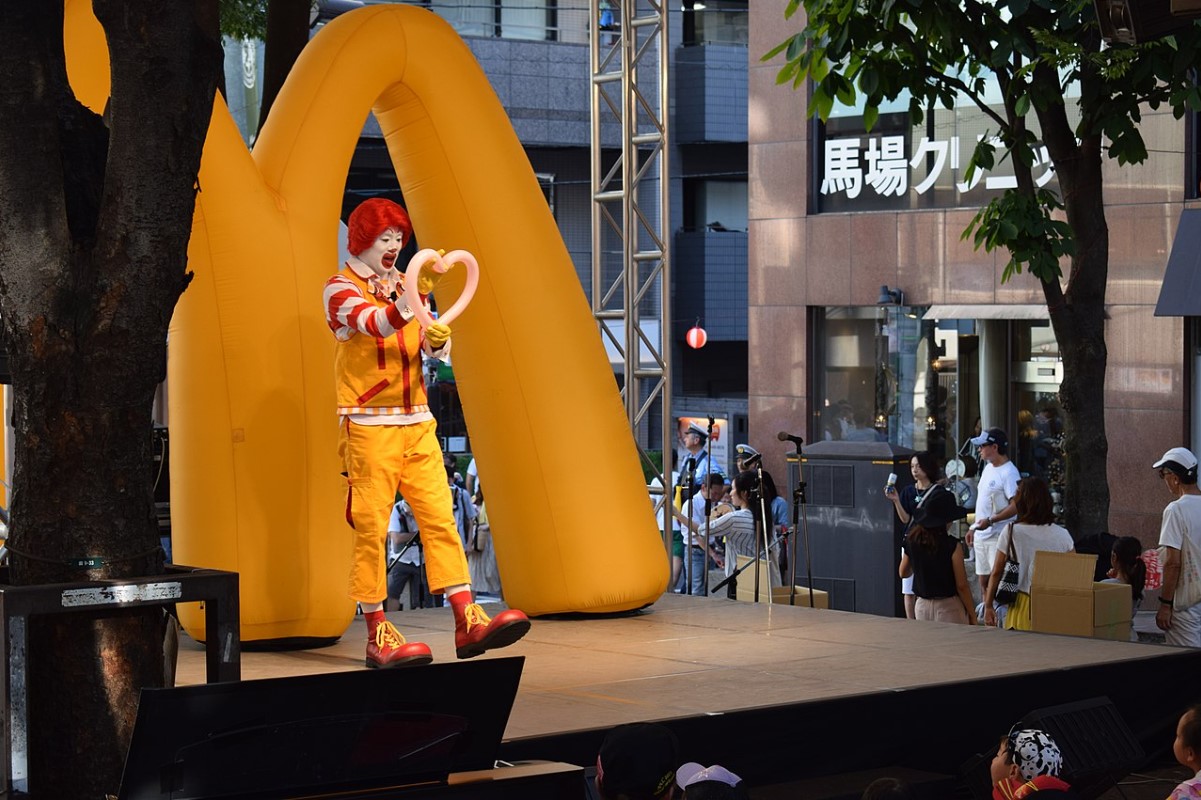
Source: Wikimedia
The prototype was named PlayLand, which was a 4,800-square-foot play area where children could swing, slide, and climb alongside their favorite McDonaldland characters.
The Playground Is Cleared for Use
After 350,000 children enjoyed the playground at the fair in Illinois over a 10-day period, the equipment was deemed safe and could be used in restaurants.
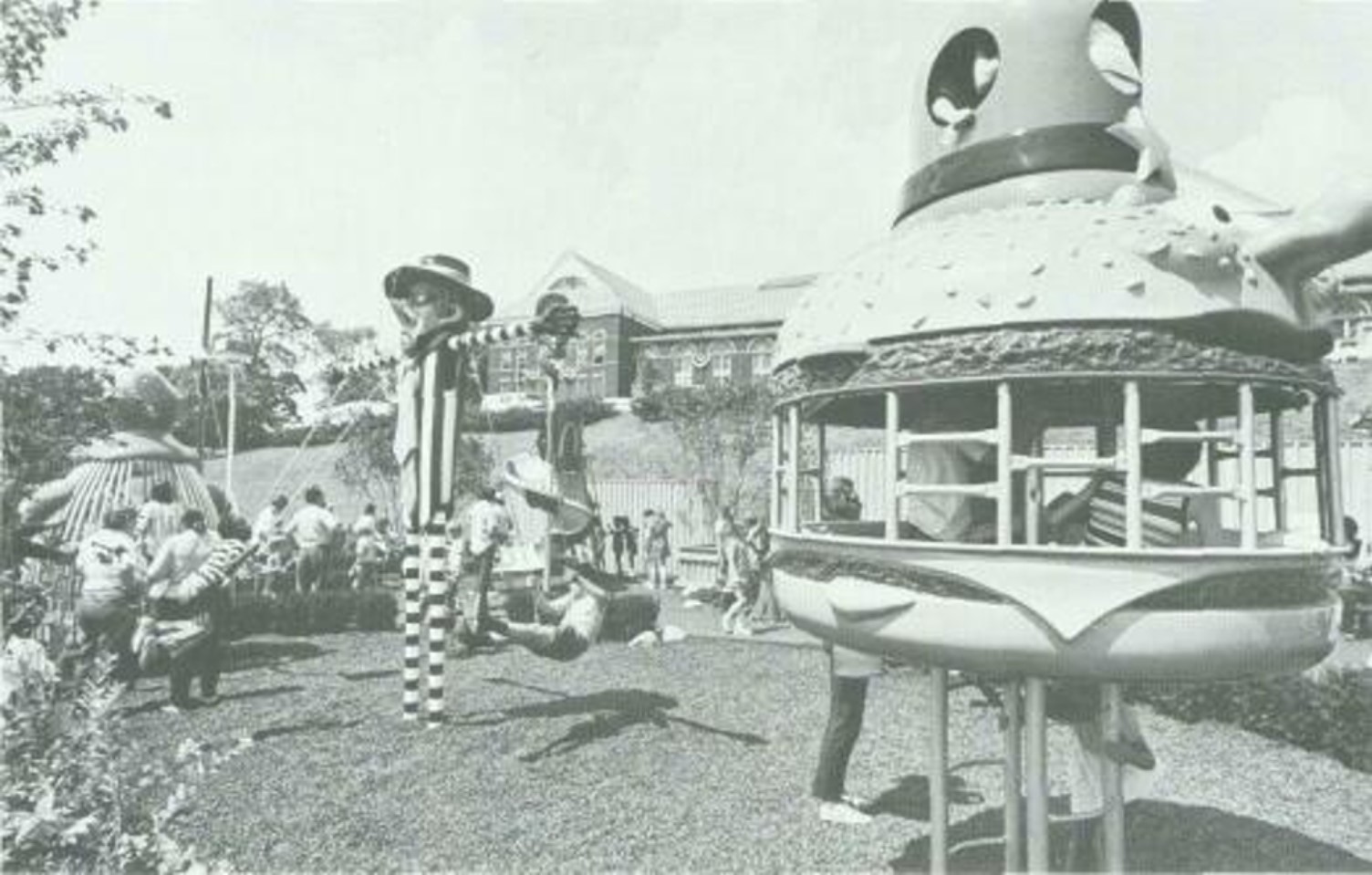
Source: Illinois Parks and Recreation
The first McDonald’s PlayLand opened in Chula Vista, California, and it immediately became a hit with the children of the surrounding region.
New Playground Drastically Increases Californian Business
The PlayLand in Chula Vista was over twice the size of the one children enjoyed at the Illinois State Fair.
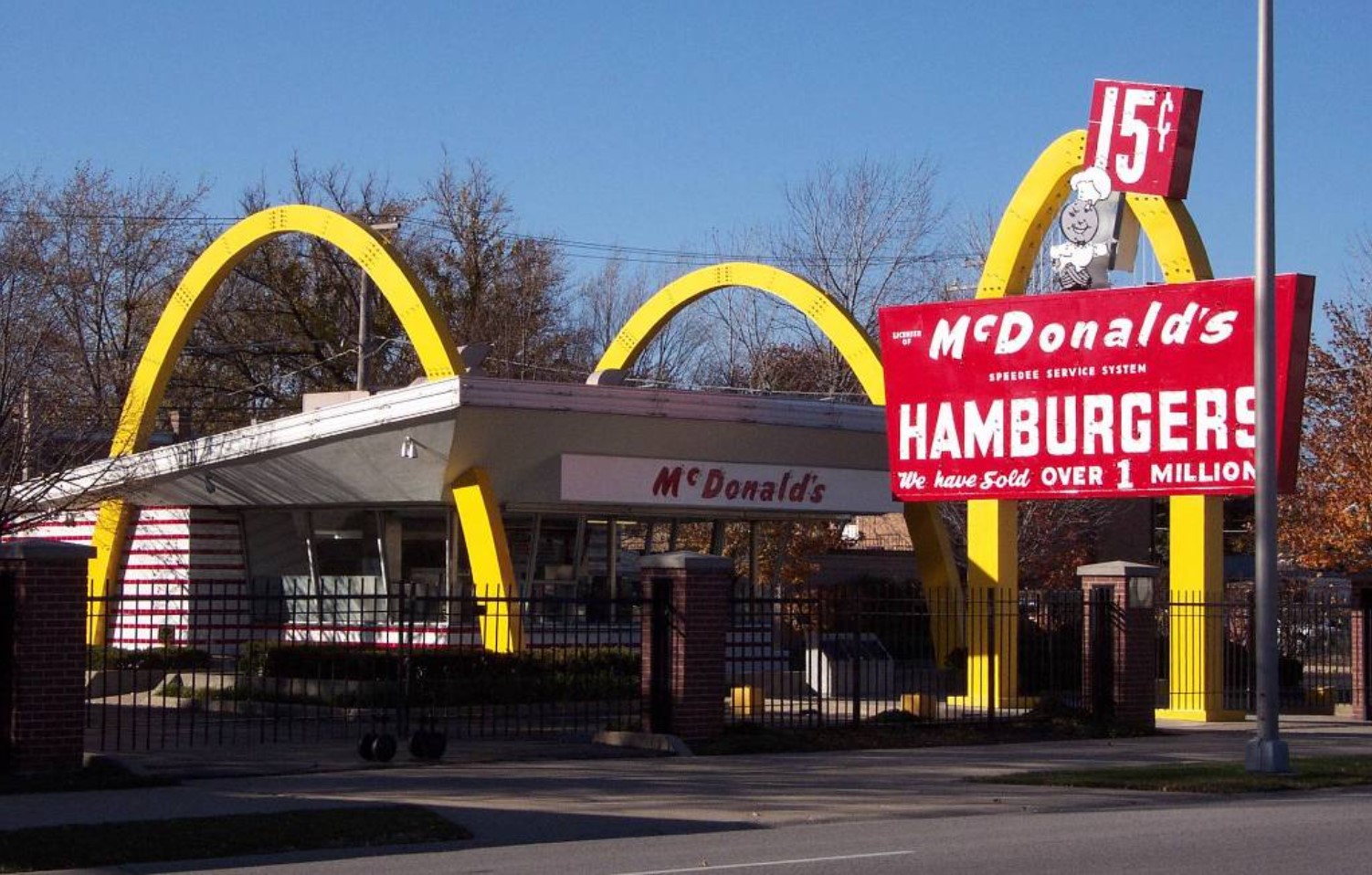
Source: Wikimedia
In the months that followed, the California restaurant experienced a 60% surge in business.
PlacePlaces Across the United States
PlayLand was later renamed PlayPlace, and it began spreading across the U.S. during the 1980s and ’90s.
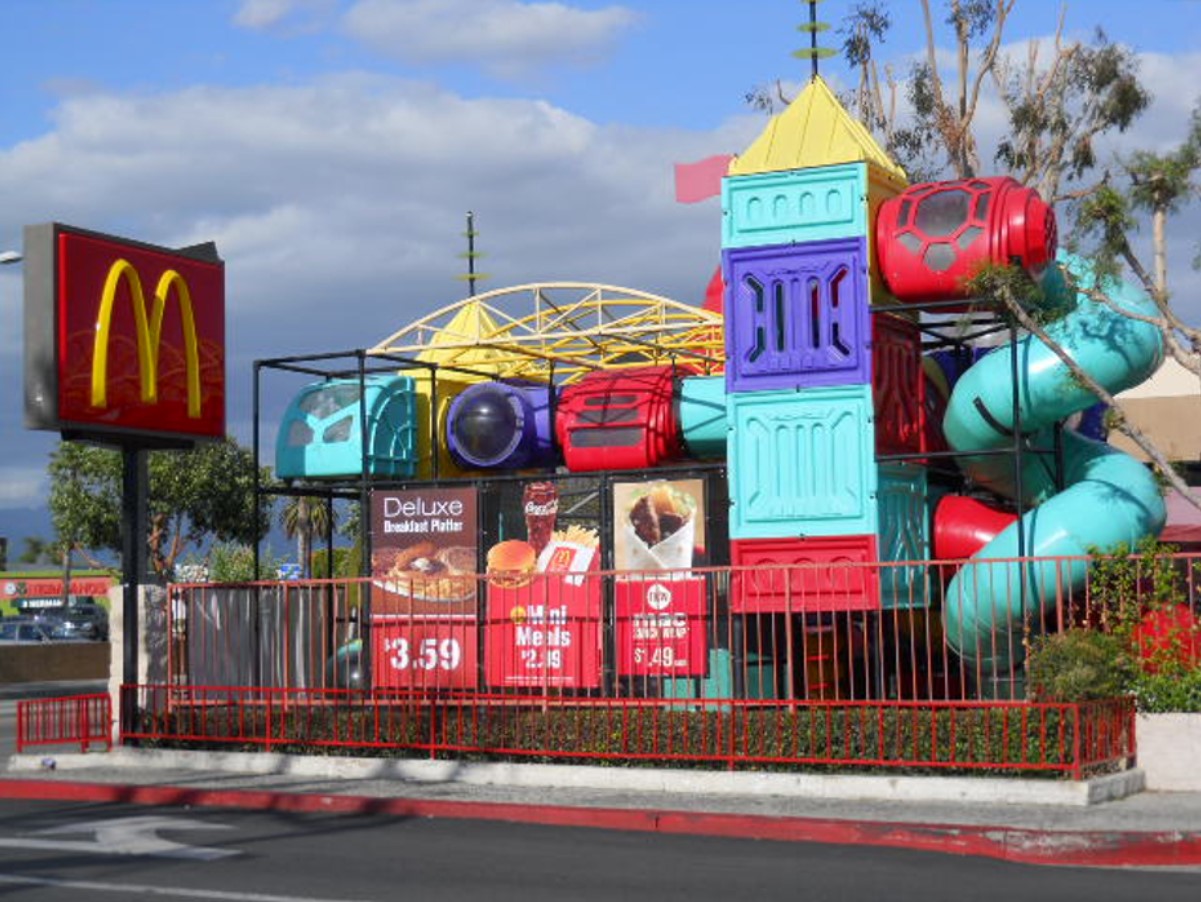
Source: Wikimedia
By 1991, it’s estimated that there were around 3,000 PlayPlaces at McDonald’s restaurants throughout the nation.
The Reputation of PlayLand Is Tarnished
McDonald’s had done its best to help reassure parents that their play areas were safe, including swapping out wood and metal for plastic and rubber.
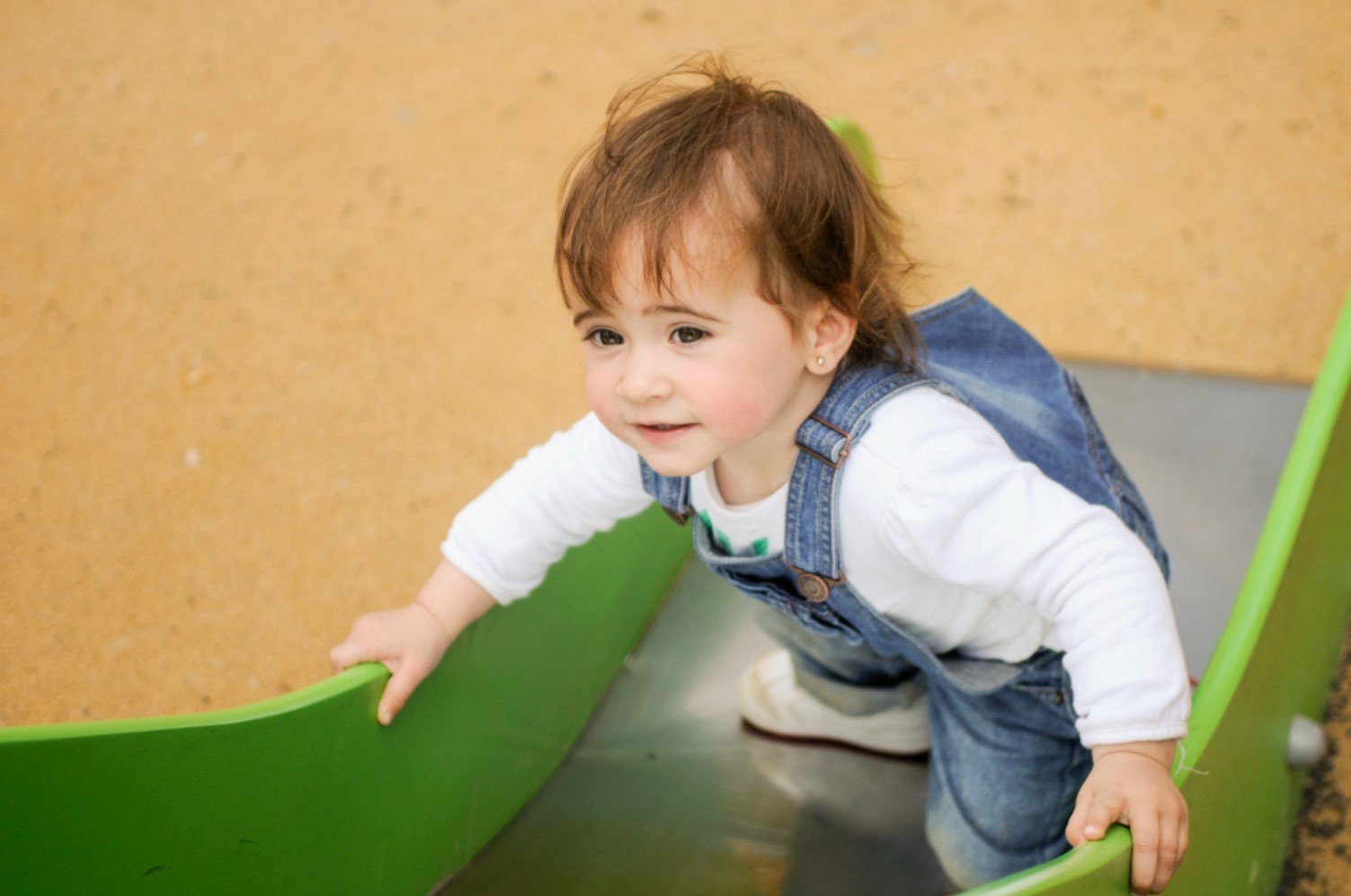
Source: Freepik
However, a few incidents in the late ’80s began tarnishing the reputation of PlayPlace.
Children Leave PlayLand with Burns
In 1986, A four-year-old child received second-degree burns, which resulted in a trip to the hospital. On the same day, a young girl also experienced a burning sensation.
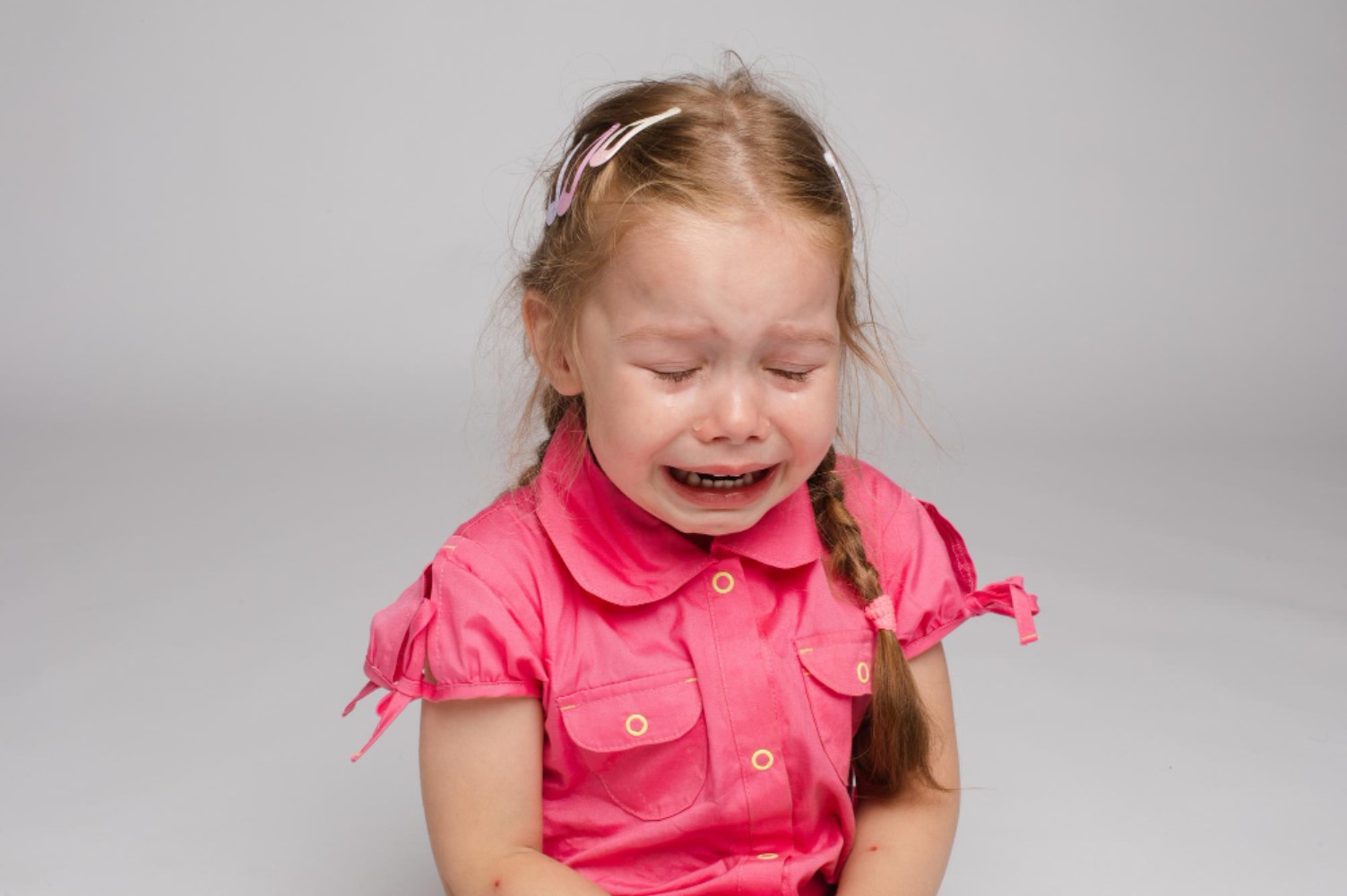
Source: Freepik
The metal slides had a tendency to overheat. McDonald’s had received several reports centered on similar injuries in the 1970s and ’80s, yet it failed to release this information to the public.
Problems Begin to Mount for McDonald’s
Reports of children leaving various PlayPlace locations with injuries, including fractures, broken bones, and concussions, began to spread in the 1990s, hurting the reputation of the play areas and restaurants.

Source: Wikimedia
In 1999, the U.S. Consumer Product Safety Commission launched an investigation into McDonald’s. It later fined the company a staggering $4 million after accusing them of failing to report injuries sustained at their restaurants (via The New York Times).
Harmful Pathogens Found at Numerous PlayPlace Locations
The PlayPlaces’ reputation was already in decline when a professor from Arizona decided to swab numerous locations and have them tested in a lab.

Source: Wikimedia
In 2011, the results were released, which showed a range of harmful viruses, including staph and coliform, were present at many of the locations. According to a microbiologist who spoke with The New York Times, “These places are not cleaned properly or not cleaned at all.”
Nail in the Coffin for PlayPlace
While McDonald’s was already in the process of removing many PlayPlaces when the lab results spread in the media, this was essentially the nail in the coffin for the in-house playgrounds.
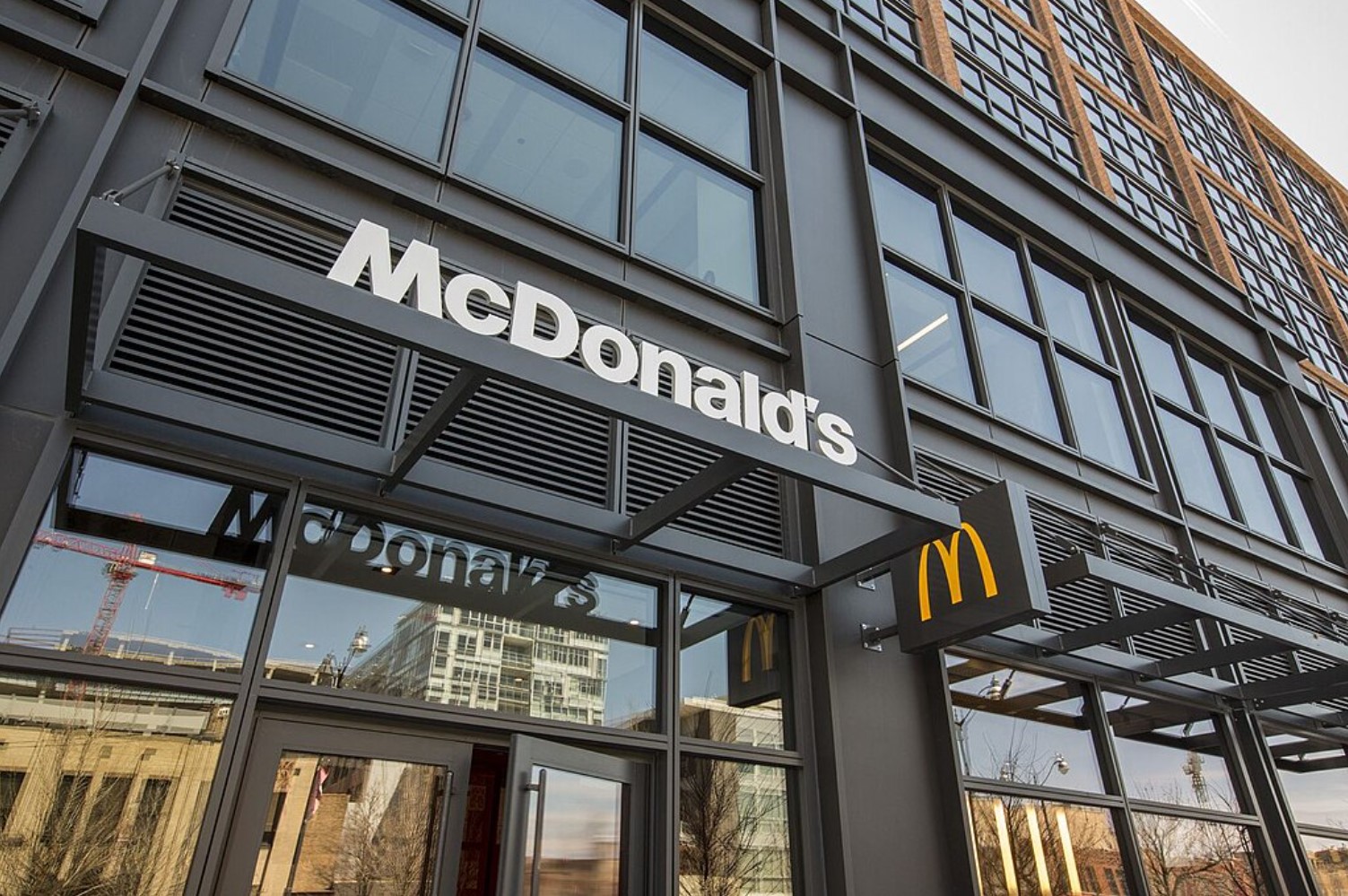
Source: Wikimedia
During major renovations at many McDonald’s restaurants in the 2010s, few to no PlayPlaces survived the changeover, and they essentially became obsolete.
McDonald’s Attempts to Offer Healthier Space for Kids
Over the past two decades, McDonald’s has tried to rebrand its restaurant and once again gear it toward children.

Source: Freepik
Only this time, instead of playgrounds, they have attempted to increase the nutrition of their Happy Meals, offer healthier sides, and ensure the restaurant’s hygiene is held to a standard that mothers feel safe with.
